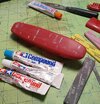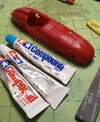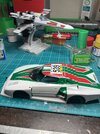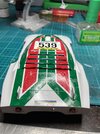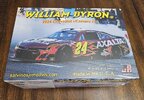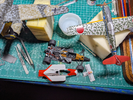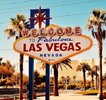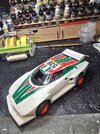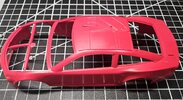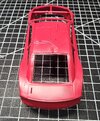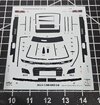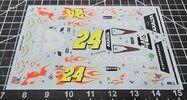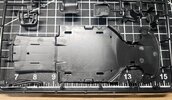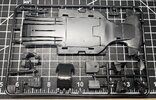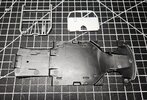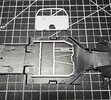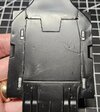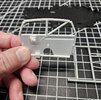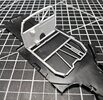I have to say these Salvino JR kits a pretty amazing. They have really put together a complex kit of these Next Gen cars. First things first. The body color for this scheme is a "Ruby Red" that all four Cup cars from Hendrick Motorsports ran in their 40th year as a team. The kit body is molded in red, but it's not a true match to the Ruby Red that this beast needs. As you can see, the Powerslide decals show a closer match to the real color this car will need.
View attachment 150345
View attachment 150346
On the decal sheet, you can see decals 40 and 41 cover the vented back panel windows, they are super close to the actual color, so I will be mixing a custom paint for this project to make it right the best I can. Here is a look at the body itself. The two photos above look a bit darker than the actual color of the models body. It is a nice red, however, not the right one for this build.
View attachment 150347
View attachment 150348
View attachment 150349
The body lines and contours are pretty much spot on to the real Cup Camaro. The are several seem lines from the multi slide molds used. There are slight pin marks on the A pillars which was a little surprising, but they will sand flush easily.
As fas a the decals go, there are two sheets. The standard Camaro sheet for all the windows and standard Camaro and Chevy markings.
View attachment 150350
The livery set of decals is extensive and are on point with actual car.
View attachment 150351

